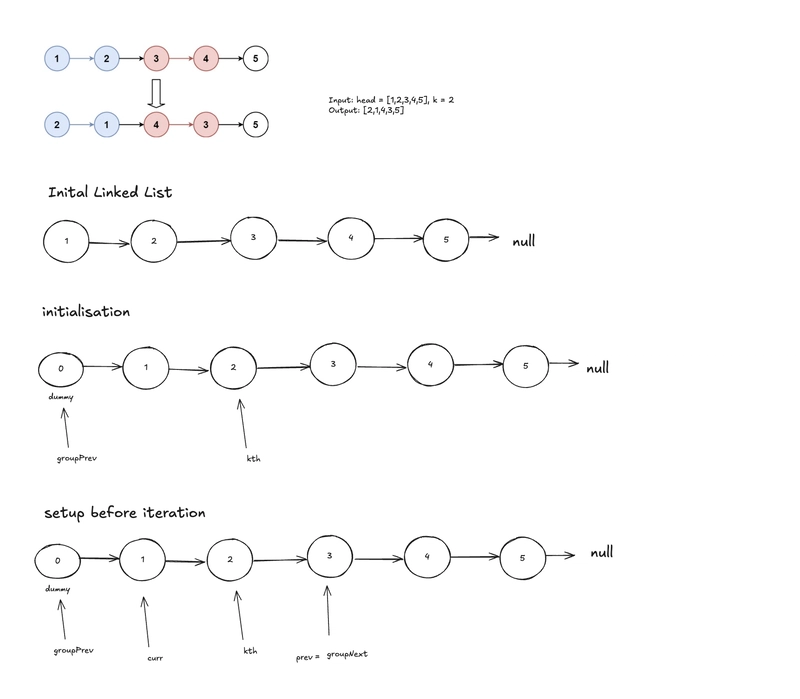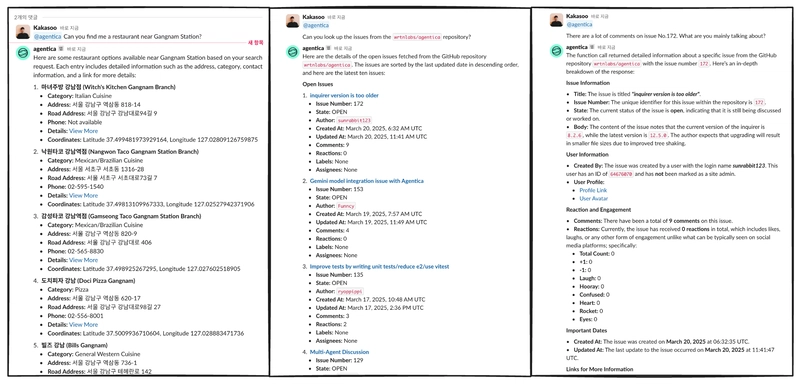Essential Linux Commands for Every User
Essential Linux Commands for Every User Linux is a powerful and flexible operating system, widely used by developers, system administrators, and tech enthusiasts. Knowing the right commands can help you navigate, manage files, and optimize system performance. Here’s a list of some of the most useful Linux commands, categorized for ease of reference. 1. Basic Navigation Commands pwd – Print the current working directory. ls – List files and directories in the current directory. cd – Change to the specified directory. mkdir – Create a new directory. rmdir – Remove an empty directory. 2. File Management Commands touch – Create a new empty file. cp – Copy files or directories. mv – Move or rename files. rm – Remove a file. rm -r – Remove a directory and its contents. 3. Viewing and Editing Files cat – Display file contents. less – View file content page by page. nano – Open a file in the nano text editor. vim – Open a file in the Vim text editor. grep '' – Search for text inside a file. 4. System Monitoring Commands top – Display active processes and system resource usage. htop – A more user-friendly alternative to top (requires installation). df -h – Show disk space usage in a human-readable format. du -sh – Show the size of a directory. free -m – Display available and used RAM in megabytes. 5. User Management Commands whoami – Show the current logged-in user. id – Display user ID (UID) and group ID (GID). who – List currently logged-in users. passwd – Change the current user's password. sudo useradd – Create a new user. sudo userdel – Delete a user. 6. Process Management Commands ps aux – Display active processes. kill – Terminate a process using its Process ID. killall – Terminate all processes with a given name. pkill – Kill processes matching a name pattern. 7. Networking Commands ip a – Show network interfaces and IP addresses. ping – Test connectivity to a remote host. curl -I – Fetch HTTP headers from a website. wget – Download a file from the internet. netstat -tulnp – Show open ports and active connections. 8. Package Management Commands For Debian-based systems (Ubuntu, Debian): sudo apt update – Update package lists. sudo apt upgrade – Upgrade installed packages. sudo apt install – Install a new package. For RHEL-based systems (CentOS, Fedora): sudo yum update – Update all packages. sudo yum install – Install a package. 9. Permission and Ownership Commands chmod – Change file permissions. chown : – Change file owner and group. ls -l – Display detailed file permissions and ownership. 10. Archiving and Compression Commands tar -cvf archive.tar – Create a tar archive. tar -xvf archive.tar – Extract a tar archive. gzip – Compress a file using gzip. gunzip – Decompress a gzip file. zip -r archive.zip – Create a zip archive. unzip archive.zip – Extract a zip archive. These Linux commands are essential for managing files, processes, users, and system resources efficiently. Whether you’re a beginner or an experienced user, mastering these commands will significantly enhance your productivity. Keep practicing, and soon you’ll be navigating Linux like a pro!

Essential Linux Commands for Every User
Linux is a powerful and flexible operating system, widely used by developers, system administrators, and tech enthusiasts. Knowing the right commands can help you navigate, manage files, and optimize system performance. Here’s a list of some of the most useful Linux commands, categorized for ease of reference.
1. Basic Navigation Commands
-
pwd– Print the current working directory. -
ls– List files and directories in the current directory. -
cd– Change to the specified directory. -
mkdir– Create a new directory. -
rmdir– Remove an empty directory.
2. File Management Commands
-
touch– Create a new empty file. -
cp– Copy files or directories. -
mv– Move or rename files. -
rm– Remove a file. -
rm -r– Remove a directory and its contents.
3. Viewing and Editing Files
-
cat– Display file contents. -
less– View file content page by page. -
nano– Open a file in the nano text editor. -
vim– Open a file in the Vim text editor. -
grep '– Search for text inside a file.'
4. System Monitoring Commands
-
top– Display active processes and system resource usage. -
htop– A more user-friendly alternative totop(requires installation). -
df -h– Show disk space usage in a human-readable format. -
du -sh– Show the size of a directory. -
free -m– Display available and used RAM in megabytes.
5. User Management Commands
-
whoami– Show the current logged-in user. -
id– Display user ID (UID) and group ID (GID). -
who– List currently logged-in users. -
passwd– Change the current user's password. -
sudo useradd– Create a new user. -
sudo userdel– Delete a user.
6. Process Management Commands
-
ps aux– Display active processes. -
kill– Terminate a process using its Process ID. -
killall– Terminate all processes with a given name. -
pkill– Kill processes matching a name pattern.
7. Networking Commands
-
ip a– Show network interfaces and IP addresses. -
ping– Test connectivity to a remote host. -
curl -I– Fetch HTTP headers from a website. -
wget– Download a file from the internet. -
netstat -tulnp– Show open ports and active connections.
8. Package Management Commands
For Debian-based systems (Ubuntu, Debian):
-
sudo apt update– Update package lists. -
sudo apt upgrade– Upgrade installed packages. -
sudo apt install– Install a new package.
For RHEL-based systems (CentOS, Fedora):
-
sudo yum update– Update all packages. -
sudo yum install– Install a package.
9. Permission and Ownership Commands
-
chmod– Change file permissions. -
chown– Change file owner and group.: -
ls -l– Display detailed file permissions and ownership.
10. Archiving and Compression Commands
-
tar -cvf archive.tar– Create a tar archive. -
tar -xvf archive.tar– Extract a tar archive. -
gzip– Compress a file using gzip. -
gunzip– Decompress a gzip file. -
zip -r archive.zip– Create a zip archive. -
unzip archive.zip– Extract a zip archive.
These Linux commands are essential for managing files, processes, users, and system resources efficiently. Whether you’re a beginner or an experienced user, mastering these commands will significantly enhance your productivity. Keep practicing, and soon you’ll be navigating Linux like a pro!






































































































































































![[The AI Show Episode 143]: ChatGPT Revenue Surge, New AGI Timelines, Amazon’s AI Agent, Claude for Education, Model Context Protocol & LLMs Pass the Turing Test](https://www.marketingaiinstitute.com/hubfs/ep%20143%20cover.png)


































































































































![From drop-out to software architect with Jason Lengstorf [Podcast #167]](https://cdn.hashnode.com/res/hashnode/image/upload/v1743796461357/f3d19cd7-e6f5-4d7c-8bfc-eb974bc8da68.png?#)










































































































.jpg?#)




























_ArtemisDiana_Alamy.jpg?#)



 (1).webp?#)
























































































![Yes, the Gemini icon is now bigger and brighter on Android [U]](https://i0.wp.com/9to5google.com/wp-content/uploads/sites/4/2025/02/Gemini-on-Galaxy-S25.jpg?resize=1200%2C628&quality=82&strip=all&ssl=1)










![Apple Vision Pro 2 Allegedly in Production Ahead of 2025 Launch [Rumor]](https://www.iclarified.com/images/news/96965/96965/96965-640.jpg)


![New iOS 19 Leak Allegedly Reveals Updated Icons, Floating Tab Bar, More [Video]](https://www.iclarified.com/images/news/96958/96958/96958-640.jpg)


































































































































